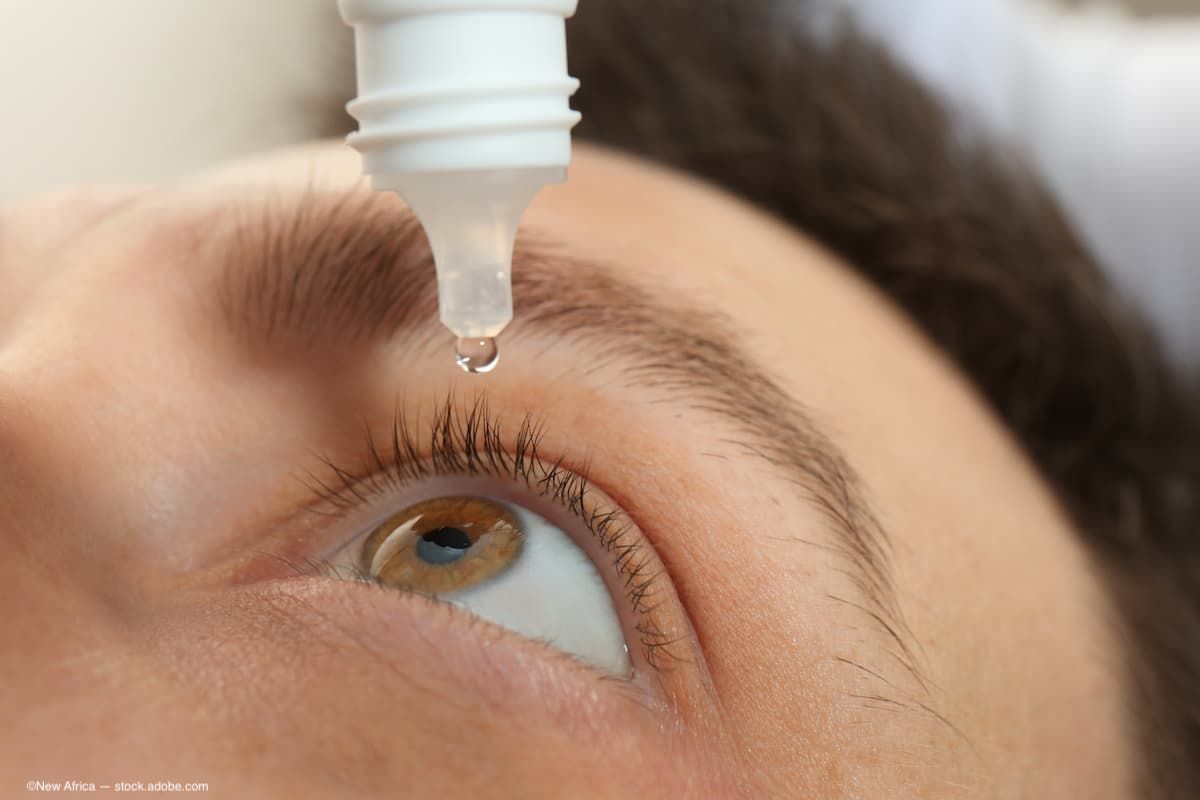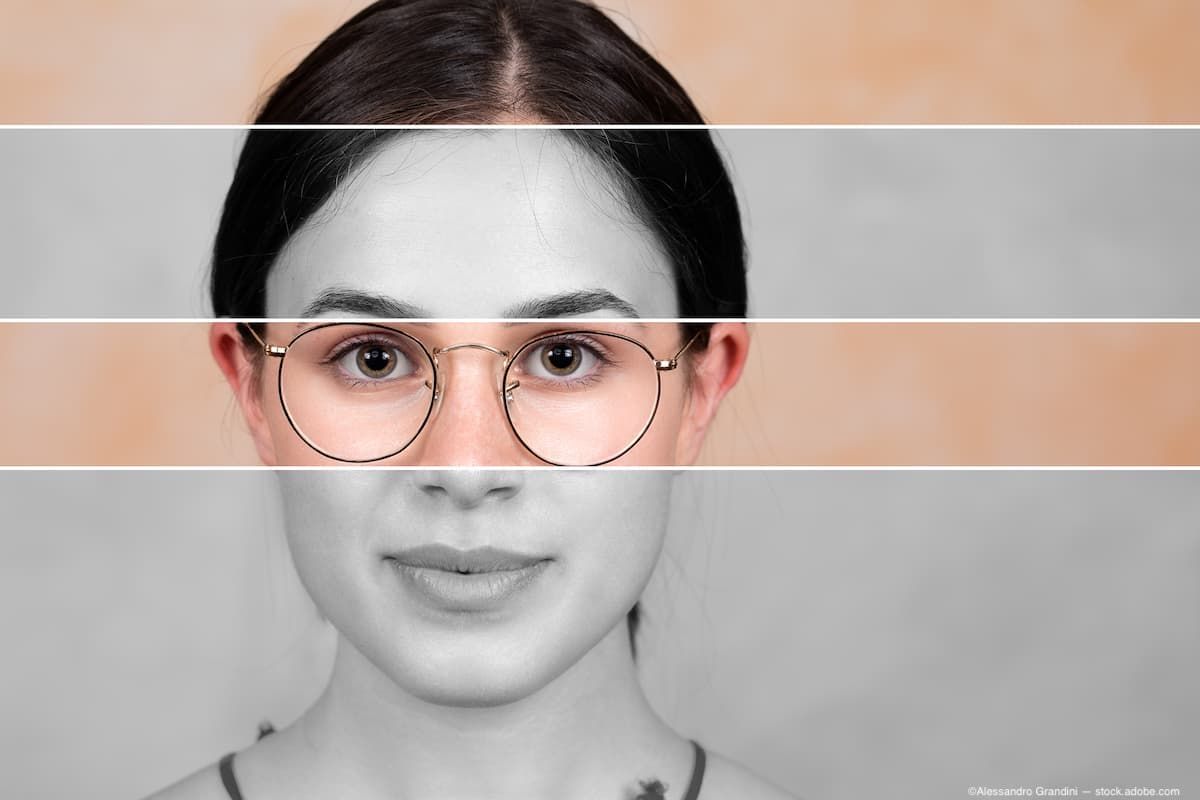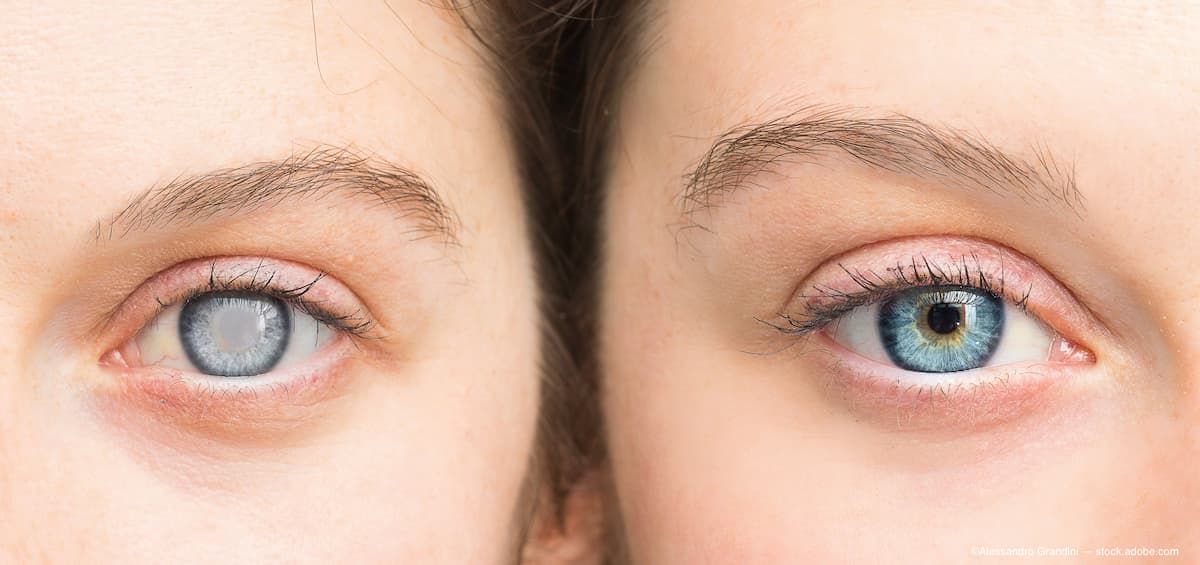Article
Novel IOL technology addresses residual refractive error
Favorable outcomes have been achieved after the first clinical use of IOL technology that is designed to maintain an open capsule long-term after cataract surgery and enable refractive fine-tuning postoperatively.

Favorable outcomes have been achieved after the first clinical use of IOL technology that is designed to maintain an open capsule long-term after cataract surgery and enable refractive fine-tuning postoperatively.
The system, which is being developed by Omega Ophthalmics, combines an IOL with an integral device that maintains space within the capsular bag and is able to accept a piggyback IOL.
The data were presented by Gabriel Quesada, MD, at the 2018 ASCRS Symposium. The initial study included eight eyes of patients undergoing uncomplicated cataract surgery. Six months after the primary procedure, four patients elected to receive a piggyback IOL to improve unaided visual acuity that was related to residual refractive error.
Patients returned for follow-up at 1, 3, and 6 months after cataract surgery for full ophthalmic examination and visual acuity testing. Patients who received a piggyback IOL were examined at 1 and 3 months after the secondary procedure.
“We found that implantation both of this device within the capsular bag and of a piggyback IOL was technically straightforward and completed without difficulty,” said Dr. Quesada, Center of Ophthalmology and Plastic Surgery, San Salvador, El Salvador.
“In addition, the device maintained a large volume of space within the capsular bag throughout the duration of our study, and the implanted eyes have excellent visual acuity,” he said.
The IOL device has four haptics that stabilize it within the capsular bag. It goes easily into a cartridge and is implanted through a 2.8-mm incision. Any type of IOL can be used for the secondary implantation.
At the 1, 3, and 6 month follow-up visits, mean BCDVA for the eight implanted eyes was logMAR +0.1. All four eyes receiving a piggyback IOL achieved UCDVA of logMAR +0.13 at both 1 and 3 months post-implantation.
Dr. Quesada reported that mild anterior surface iris trauma was noted between the pupil and the incision in all eyes. The injury was thought to occur at the time of device insertion, but was not progressive in any of the eyes.
Postoperative imaging showed that the anterior chambers were of a normal depth and shape in all eyes at all postoperative visits, including after piggyback implantation. It was noted at the time of the piggyback implantations that the capsule space was maintained and the bag was free of striae.
Disclosures:
Dr. Quesada is a consultant to Omega Ophthalmics.
Newsletter
Don’t miss out—get Ophthalmology Times updates on the latest clinical advancements and expert interviews, straight to your inbox.





